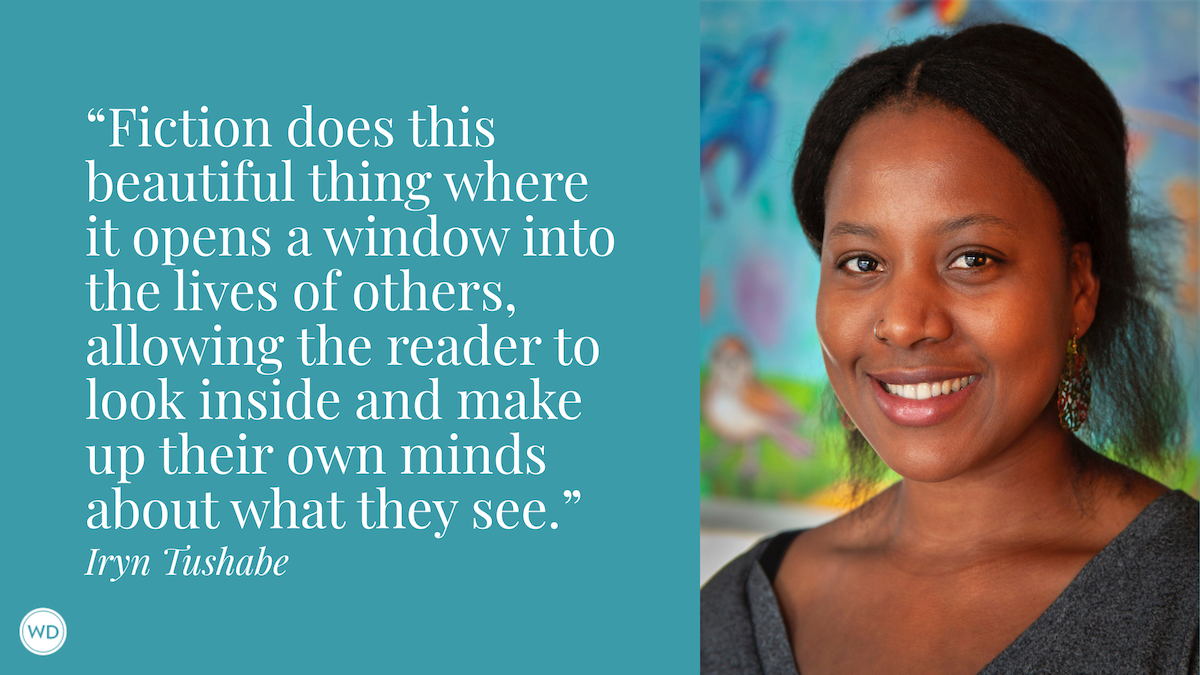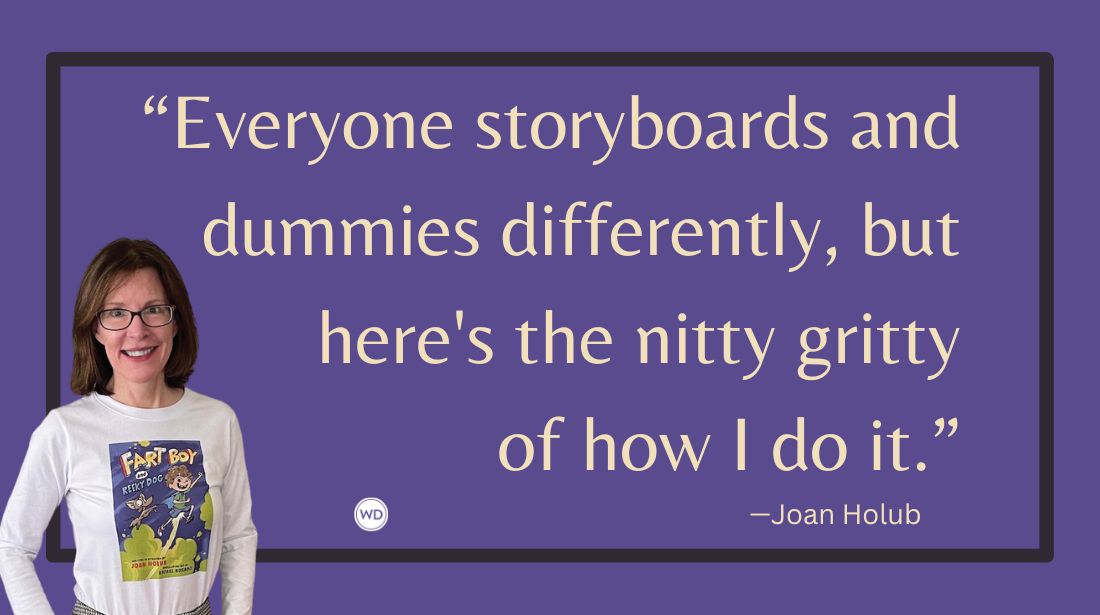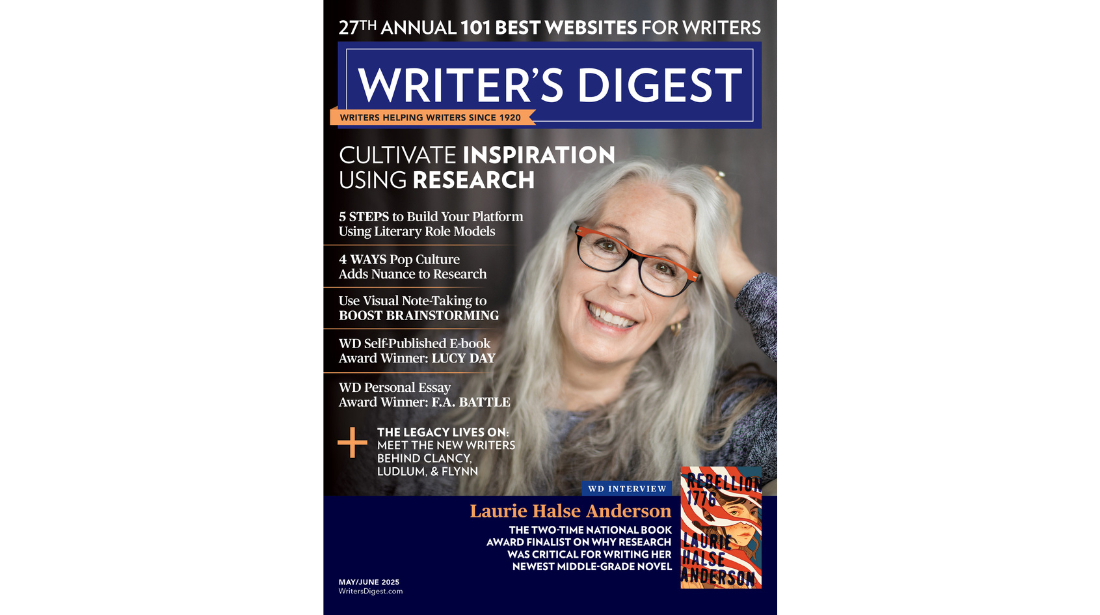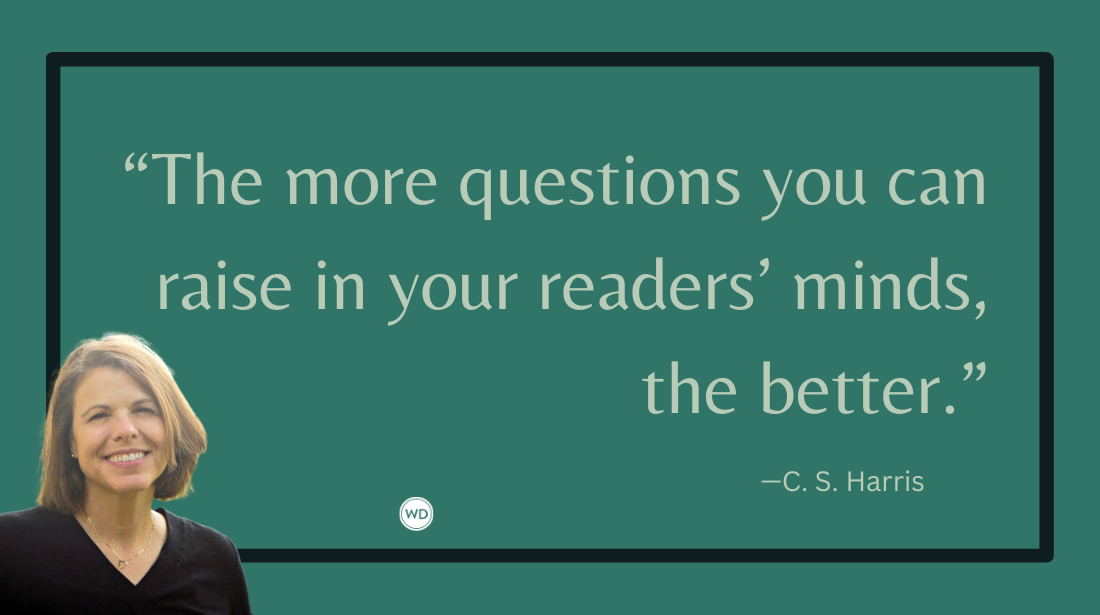How to Structure a Killer Novel Ending
Here are the principles of story structure that you need to apply to your writing in order to get the ending of your fiction right.
There are more than a few writers and teachers out there, many of them orders of magnitude more famous than I am (not hard to do), who don’t like to compartmentalize or even attempt to define the sequential parts and essential milestones of a story’s plot structure. Too formulaic, they say. Takes the fun and creativity out of it, they claim. A write-by-the-numbers strategy for hacks, a vocal few plead.
When they do talk about how to write a book and, more specifically, story structure, they tend to dress it up with descriptions that are less engineering-speak in nature—“the hero’s journey” … “the inciting incident” … “the turn”—and are more appropriate to a lit class at Oxford. Makes them sound—or more accurately, feel—more writerly. Or perhaps they just aren’t used to accessing their left brain for this very right-
brained thing we call storytelling.
What’s interesting is that the stories these writers create, especially if they’re published, and especially the stories they use as examples in their teaching, follow pretty much the same structural paradigm. And given that this isn’t an exact science, that puts them in this left-brained ballgame whether they want to wear the uniform or not.
None of how story structure is labeled out there in workshop land is inherently wrong, nor does it really matter. What you call it is far less important than how you implement it. And even before that, the extent to which you understand it.
Thank God for screenwriters. Because they call it like it is. In fact, most of them think Oxford is a loafer.
—Larry Brooks, author of Story Physics: Harnessing the Underlying Forces of Storytelling
The Four Parts of Effective Storytelling
I prefer to call story structure what it is: four parts, four unique contexts and discrete missions for the scenes in them, divided by two major plot points and a midpoint. Call them plot twists if you want to; the folks at Oxford won’t know. Throw in a compelling hero’s need and quest. Then formidable obstacles that block the hero’s path. A couple of pinch points. A hero who learns and grows, someone we can empathize with and root for. Scenes that comprise the connective tissue among them all.
Then execute all of it in context to a fresh and compelling conceptual idea, a clear thematic intention, an interesting worldview, and a clever take on the plot.
I dunno, it all sounds pretty creative to me.
In other words, a blueprint for storytelling. One that, when understood and marinated in artful nuance and dished with clean writing, becomes nothing less than the Holy Grail, the magic pill of writing a novel or a screenplay.
Not remotely easy. But perhaps for the first time, eminently clear. Then we come to Part 4: the finale of your story. And guess what? There is no blueprint for it. And no rules, either. Well, OK, there’s one.
Guidelines for a Compelling Ending
The one rule of Part 4—the resolution of your story—is that no new expositional information may enter the story once it has been triggered. If something appears in the final act, it must have been foreshadowed, referenced or already in play. This includes characters.
Aside from that one tenet, punishable by rejection slip if you dismiss it, you’re on your own to craft the ending of your story. And in so doing, the enlightened writer observes the following guidelines and professional preferences.
GUIDELINE 1: The Hero is a Catalyst.
The hero of the story should emerge and engage as the primary catalyst in Part 4. He needs to step up and take the lead. He can’t merely sit around and observe or just narrate, he can’t settle for a supporting role, and most of all, he can’t be rescued.
I’ve seen all these things, many times, in unpublished manuscripts. I’ve rarely seen one in a published book or produced movie. It happens, but never in a title anybody remembers.
GUIDELINE 2: The Hero Grows Internally.
The hero should demonstrate that he has conquered the inner demons that have stood in his way in the past. The emerging victory may have begun in Part 3, but it’s put into use by the hero in Part 4. Usually Part 3 shows the inner demon trying for one last moment of supremacy over the psyche of the hero, but this becomes the point at which the hero understands what must be done differently moving forward, and then demonstrates that this has been learned during the Part 4 dénouement.
The hero applies that inner learning curve, which the reader has witnessed over the course of the story, toward an attack on the exterior conflict that has heretofore blocked the path.
Guideline 3: A New and Better Hero Emerges.
The hero should demonstrate courage, creativity, out-of-the-box thinking, even brilliance in setting the cogs in motion that will resolve the story. This is where the protagonist earns the right to be called a hero.
The more the reader feels the ending through that heroism—which depends on the degree to which you’ve emotionally vested the reader prior to Part 4—the more effective the ending will be. This is the key to a successful story, the pot of gold at the end of your narrative rainbow. If you can make the reader cry, make her cheer and applaud, make her remember, make her feel, you’ve done your job as a storyteller.
If you can cause all of those emotions to surface, you just might have a book contract on your hands.
A Plan for Part 4’s Execution
Here’s the real magic of Part 4. If you’ve done your job well in the first three quarters of your story, if you’ve plotted with powerful milestones that are in context to a compelling and empathetic hero’s quest and evolving arc, chances are you’ll intuitively know how your story needs to end when you get there. Or, if not intuitively, then after some serious introspection and long walks in the woods with a digital recorder.
And by “get there,” I’m not suggesting you write the first three parts and then see where you are.
Fact is—and this is for anyone who thinks what is recommended above sounds like organic storytelling development—unless you develop your story over the first three quartiles using your story’s key principles, parts and milestones as benchmarks, you’ll be more lost in Part 4 than you may even have realized. Only by having an executed story plan as a baseline for the perhaps somewhat slightly more organic unfolding of Part 4 does this process stand a chance.
That said, it’s better to plan Part 4 ahead of time, too. Even if you get a better idea for how to end your story along the way, this provides the richest landscape for that to happen.
What I’m saying is that you should strategize and plot all your main story points beforehand—even if you aren’t yet sure of your ending—and in the process of developing the first three parts you’ll find that the final act begins to crystallize as part of the process.
If you engage in story planning through a series of drafts, rather than an outline, you’ll need to write enough drafts to finally understand what Part 4 should be. Same process, different tolerances for pain.
But there’s risk in that. If you are a drafter instead of a blueprinter (notice I didn’t say outliner—that’s a different process yet, one of several viable ways to plan a story), the likelihood of you settling for mediocrity is orders of magnitude greater. The prospect of rewriting the first 300 pages does that to a writer.
Why Structure Matters
Every once in a while you’ll read about a neophyte swimmer getting into trouble in deep water, and then, when a more experienced swimmer paddles out to help, he fights off the rescue with all his waning strength.
The thing about panic and resistance is that it can get you killed. What can kill you even quicker is not even knowing that you need rescuing.
The analogy hits home because every now and then, more often than you’d think, I encounter writers who just won’t accept the unimpeachable truth and validity of story structure. They fight it off as if their writing dream is being mugged. They reject it as formulaic and therefore unworthy. Maybe they once heard a famous author—one who doesn’t even realize the extent to which he is applying these principles in his work—talk about the spiritual, magical way he writes stories, sometimes actually bragging about all the rewriting he does to make it right.
Make no mistake, a rewrite is always a corrective measure. Nothing to brag about.
Virtually every published novel and produced screenplay is, in fact, a natural product of solid story architecture. Regardless of how it got there. To believe otherwise is like saying the aesthetic beauty of the halls of Versailles has nothing to do with poured concrete foundations and seamless masonry. With architecture. Or that, back in the day, there wasn’t an actual blueprint for it all. Or that the pouring of those foundations was a no-brainer to the extent it didn’t warrant intellectual energy of any kind.
These architectural atheists swear that writing a novel or a screenplay is, or should be, a process of random exploration, that their bliss resides in following characters down blind alleys and allowing them to set their own pace from there, with no real knowledge of where they’re going.
This is like saying the joy of playing golf is wandering around the course, crisscrossing fairways, club in hand, hitting balls at assorted greens as you please. I don’t dispute the inherent kick in such an approach. There’s an innate kick in a lot of things: drugs, alcohol, sex with ex-spouses, Russian roulette … but that doesn’t make them smart or productive.
Chances are, these folks are confusing process with product. If you’re only in it for the process, that’s one thing. Just don’t expect to get published within this century.
Writing without bringing a solid grasp of story structure to the keyboard is like doing surgery without having gone to medical school. You can write like Shakespeare in love and have the imagination of Tim Burton on crack, but if your stories aren’t built on solid and accepted structure—which means, you don’t get to inventyour own structural paradigm—you’ll be wallpapering your padded cell with rejection slips.
I’m not saying you must outline your stories. That’s not what story structure means. What I am saying is that you do have to apply the principles of story structure to the narrative development process, outline or no outline. Organic or totally left-brained. At least, if you want to publish. That’s just a fact.
Learn the three phases of story development, how to use a beat sheet
and more with Story Physics. (Plus: See these principles in action with
examples from The Hunger Games and The Help.)
Order today >>
************
Follow me on Twitter: @BrianKlems
Check out my humor book, Oh Boy, You’re Having a Girl.
Sign up for my free weekly eNewsletter: WD Newsletter








